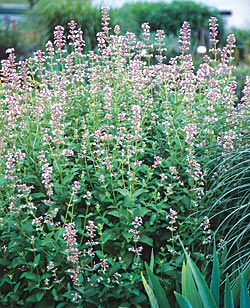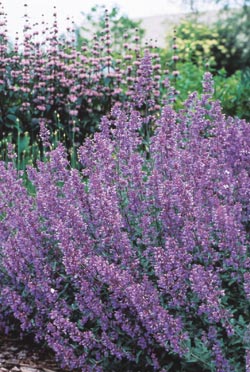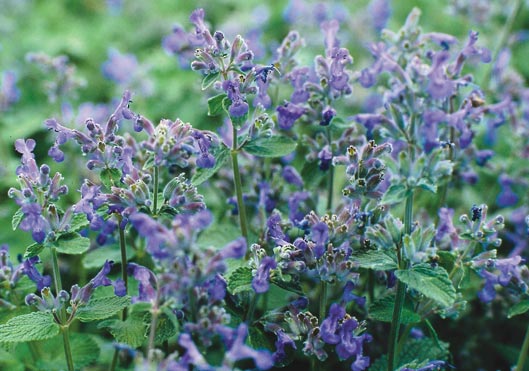I have been noticing a problem with my silver maple for several years now. It is a mature tree with whole branches dying off. Each year another 5 to 10 percent of the tree fails to support new growth. The remaining branches look quite healthy and the tree continues to grow. Recently I’ve begun noticing the same occurrence with other maples in the Clawson area. What’s happening?
Silver maples are fast growers, 10 to 12 feet in 4 to 5 years. Unfortunately, with fast growth comes a weak-wooded tree. This makes it susceptible to wind, ice and snow damage in Michigan. Since your maple is mature and demonstrating slow dieback over a period of 4 to 5 years, it is probably succumbing to maple decline. Your observance of other maples in the Clawson area exhibiting the same symptoms demonstrates the pitfalls of planting a single tree species in an urban environment. Silver maples are often used because they grow fast and give that “mature community” look in a very short time span.
Maple decline is caused predominantly by environmental stress. Trees avoid stress through proper pruning, opening the canopy for air circulation and reducing limb breakage. Silver maples benefit from spring fertilization with a high-nitrogen formulation. Watering well during dry spells, at least 1 inch per week, also decreases stress. Mulch also helps to reduce evaporation but do not let it touch the trunk. Avoid soil compaction under trees by limiting mowing and walking on the surface when it is wet. Two of our worst culprits are riding lawnmowers and weed whips. They can increase compaction and cause trunk and root injury, especially for silver maples, whose roots are exceptionally close to the soil surface.




